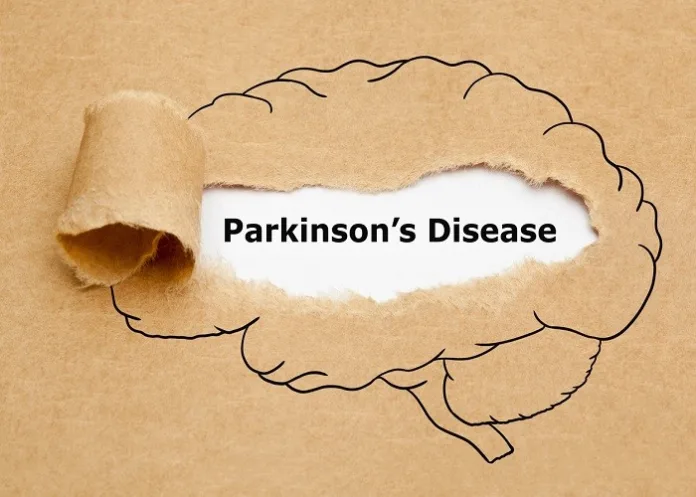Artificial intelligence, used to analyse data from 103 712 smartwatch wearers, was able to suggest which wearers were likely to develop Parkinson’s disease – up to seven years before symptoms set in.
The UK Dementia Research Institute team at Cardiff University, which tracked the users’ speed of movement over a single week between 2013 and 2016, hope that this could ultimately be used as a screening tool, reports BBC News.
But more studies, comparing these findings with other data gathered around the world, are needed to check how accurate it will be, they wrote in the journal Nature Medicine.
The brains of people with Parkinson's disease become damaged over many years.
Symptoms include:
• involuntary shaking or tremors
• slow movement
• stiff and inflexible muscles
But often, by the time a diagnosis has been made, there has already been too much irreversible damage to brain cells.
And as about 30% of the UK population wore smartwatches, said study leader Dr Cynthia Sandor, they might offer a cheap and reliable way to identify early-stage Parkinson’s.
“We have shown here that a single week of data captured can predict events up to seven years in the future,” she said.
“With these results, we could develop a valuable screening tool to aid in the early detection of Parkinson’s.
“This has implications both for research, in improving recruitment into clinical trials, and in clinical practice, in allowing patients to access treatments at an earlier stage, in future, when such treatments become available.”
The study used data from the UK Biobank, an in-depth health database of more than half a million people.
Dr Kathryn Peall, who worked on the study, told BBC News it appeared to be accurate and distinguish Parkinson’s from other things that might affect movement, such as old age or frailty.
“We compared our model across a number of different disorders, including other types of neurodegenerative disorders, individuals with osteoarthritis, and other movement disorders – an advantage of being able to work with a dataset like the UK Biobank,” she said.
“The results from people diagnosed with Parkinson’s disease were distinct.”
But whether people should be told they had Parkinson’s, years before symptoms developed, “will always remain an individual and personal choice”.
“Where this work is potentially important is that we ultimately hope that new therapies allowing us to slow disease progression will become available,” Peall added.
Study details
Wearable movement-tracking data identify Parkinson’s disease years before clinical diagnosis
Ann-Kathrin Schalkamp, Kathryn Peall, Neil Harrison & Cynthia Sandor.
Published in Nature Medicine on 3 July 2023
Abstract
Parkinson’s disease is a progressive neurodegenerative movement disorder with a long latent phase and currently no disease-modifying treatments. Reliable predictive biomarkers that could transform efforts to develop neuroprotective treatments remain to be identified. Using UK Biobank, we investigated the predictive value of accelerometry in identifying prodromal Parkinson’s disease in the general population and compared this digital biomarker with models based on genetics, lifestyle, blood biochemistry or prodromal symptoms data. Machine learning models trained using accelerometry data achieved better test performance in distinguishing both clinically diagnosed Parkinson’s disease (n = 153) (area under precision recall curve (AUPRC) 0.14 ± 0.04) and prodromal Parkinson’s disease (n = 113) up to 7 years pre-diagnosis (AUPRC 0.07 ± 0.03) from the general population (n = 33,009) compared with all other modalities tested (genetics: AUPRC = 0.01 ± 0.00, P = 2.2 × 10−3; lifestyle: AUPRC = 0.03 ± 0.04, P = 2.5 × 10−3; blood biochemistry: AUPRC = 0.01 ± 0.00, P = 4.1 × 10−3; prodromal signs: AUPRC = 0.01 ± 0.00, P = 3.6 × 10−3). Accelerometry is a potentially important, low-cost screening tool for determining people at risk of developing Parkinson’s disease and identifying participants for clinical trials of neuroprotective treatments.
See more from MedicalBrief archives:
Visual dysfunction predicts Parkinson’s-linked cognitive decline 18 months ahead
Thousands of Parkinson’s patients initially misdiagnosed
Scratch-and-sniff test may diagnose Parkinson’s diagnosis earlier than thought
BBC article – Smartwatches may provide early Parkinson's diagnosis (Open access)

